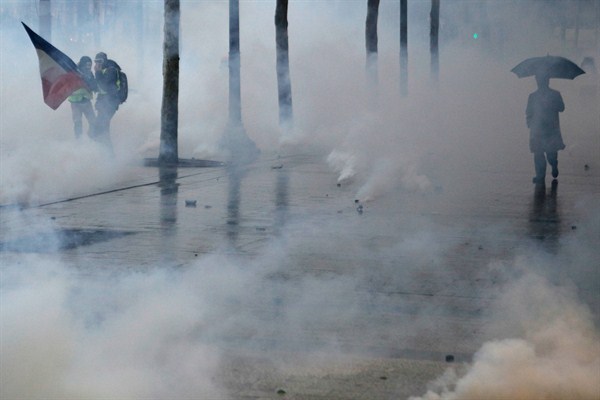Two and a half years ago, when I began writing this column, it was originally titled, Balance of Power. The idea was to analyze international affairs with an eye toward the hard edge of competition and rivalry—in short, the balance of power—that has increasingly characterized global politics in the past five years. Of course, no one can deny that values and human rights concerns can and often do play a role in limiting or redirecting power, with the backlash over the murder of Saudi journalist Jamal Khashoggi being the latest stark example. Still, as a cold-hearted idealist, I consider that values can make a difference, but power remains the ultimate determinant.
So what are the major fault lines in global politics as 2018 draws to a close, and where does the balance of power reside? Among great powers, the most prominent lines of confrontation are those between the U.S. and both Russia and China. This era of strategic competition, which has been gathering for some time, was formally declared by the Trump administration in its major defense strategy documents, as well as with its approach to trade.
Concurrently with those geopolitical and geoeconomic confrontations, an internal fault line has emerged both among and within the liberal democracies of the West that has sapped the cohesiveness of the trans-Atlantic bloc in the contest for global influence.

